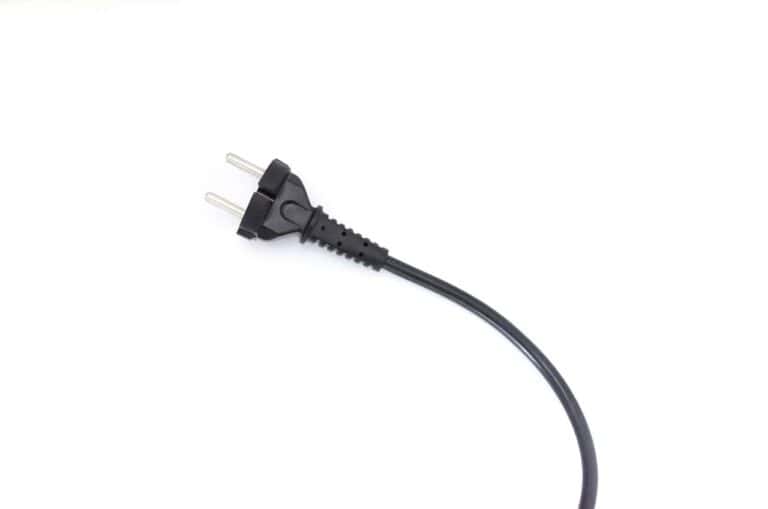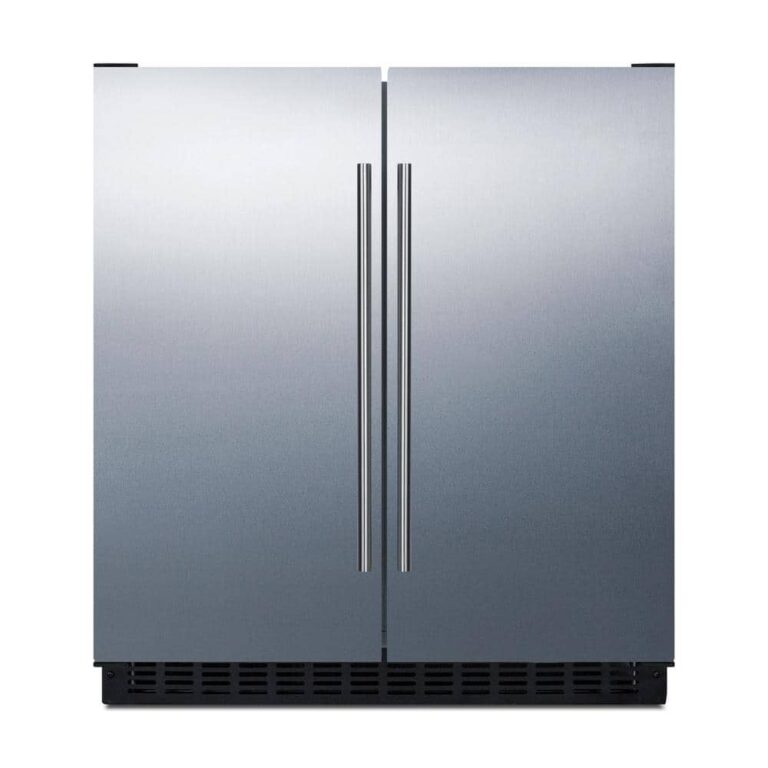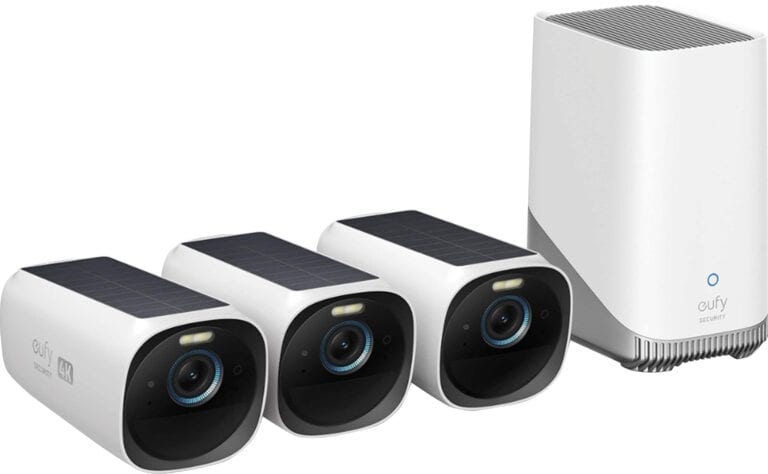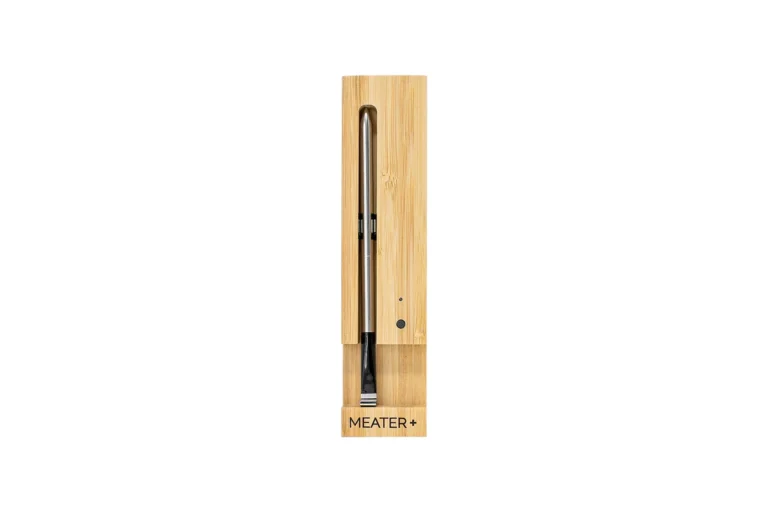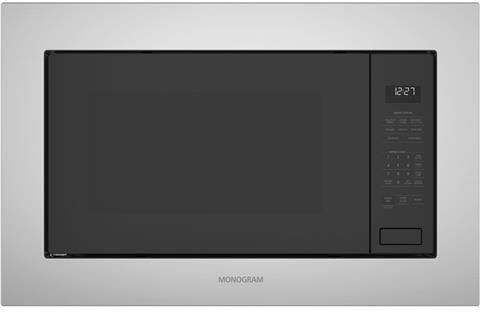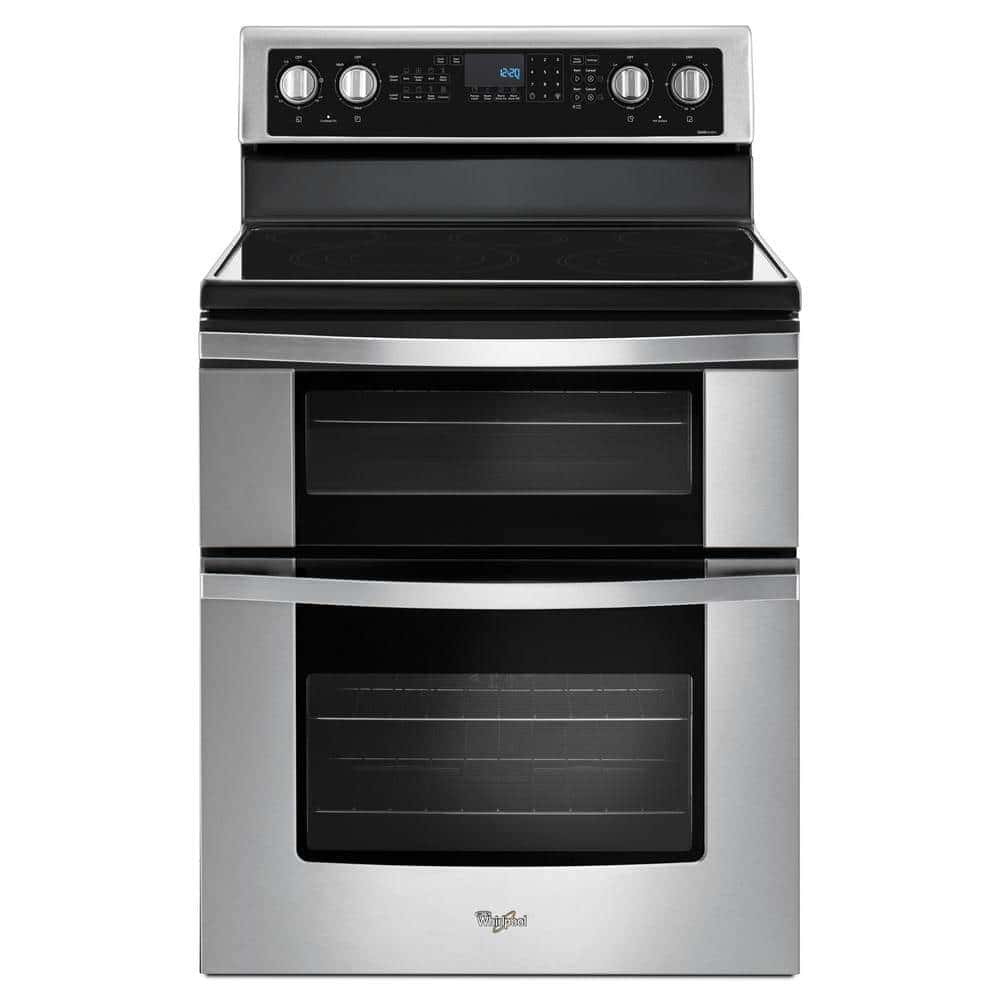
A malfunctioning Whirlpool oven can disrupt meal preparation and cause frustration. When your oven fails to reach the desired temperature, several factors may be at play. Common causes include a faulty oven sensor, a defective heating element, or issues with the gas valve in gas ovens.
Troubleshooting begins with simple checks. Ensure the oven is properly plugged in and the gas valve is open for gas models. A dirty gas ignitor can prevent proper heating, so cleaning it may solve the problem. For electric ovens, inspect the heating element for visible damage or signs of wear.
If these initial steps don’t resolve the issue, more complex problems may be present. The oven sensor might be sending incorrect temperature readings to the control board. A damaged door gasket can allow heat to escape, preventing the oven from reaching the set temperature. In some cases, professional inspection may be necessary to diagnose and repair the problem accurately.
Troubleshooting a Whirlpool Oven That’s Not Heating Properly
A malfunctioning oven can throw a wrench into your cooking plans. If your Whirlpool oven isn’t heating to the correct temperature, or not heating at all, don’t panic. This guide provides a step-by-step troubleshooting approach to help you identify the issue and potentially resolve it yourself.
Safety Precautions
- Disconnect Power: Before any inspection or repair, disconnect the oven from the power source by turning off the circuit breaker or unplugging it.
- Avoid Touching Hot Surfaces: Allow the oven to cool completely before working on any internal components.
Troubleshooting Steps
- Check the Power Supply:
- Circuit Breaker: Ensure the circuit breaker for the oven hasn’t tripped. Reset it if necessary.
- Outlet: If your oven is plugged into an outlet, verify the outlet is working correctly.
- Inspect the Oven Settings:
- Timer and Temperature: Double-check that the oven timer and temperature settings are correct.
- Cooking Mode: Ensure the oven is set to the desired cooking mode (bake, broil, etc.).
- Examine the Heating Element (Electric Ovens):
- Visual Inspection: Visually inspect the heating element for any breaks or damage.
- Multimeter Test: If you have a multimeter, test the heating element for continuity. If there’s no continuity, the element needs replacement.
- Check the Igniter (Gas Ovens):
- Visual Inspection: Look for any signs of damage or debris on the igniter.
- Glow Bar Test: In some models, the igniter should glow when the oven is turned on. If it doesn’t, it may need replacement.
- Inspect the Temperature Sensor:
- Location: Locate the temperature sensor, usually found in the back of the oven.
- Positioning: Ensure it’s properly positioned and not touching the oven walls.
- Multimeter Test: Test the sensor with a multimeter for resistance. If the reading is outside the normal range, replace the sensor.
- Check the Oven Door Seal:
- Inspection: Examine the door seal for any cracks, gaps, or damage that could be causing heat to escape.
- Cleaning: Clean the seal to remove any debris that might be affecting its seal.
- Calibrate the Oven:
- Temperature Accuracy: Use an oven thermometer to check if the oven is reaching the set temperature.
- Calibration: If the temperature is inaccurate, consult your oven’s manual for calibration instructions.
Troubleshooting Table
| Problem | Possible Cause | Solution |
|---|---|---|
| Oven not heating | Tripped circuit breaker | Reset breaker |
| Oven not heating | Faulty outlet | Check/replace outlet |
| Oven not heating | Broken heating element | Replace heating element |
| Oven not heating | Faulty igniter | Replace igniter |
| Oven not heating | Faulty temperature sensor | Replace sensor |
| Oven not heating | Damaged door seal | Replace/repair seal |
| Oven not reaching set temperature | Inaccurate calibration | Calibrate oven |
Seeking Professional Help
If you’ve tried these troubleshooting steps and your oven is still not heating properly, contact a qualified appliance repair technician for assistance.
Maintaining Your Whirlpool Oven
Regular maintenance can help prevent problems and keep your oven running efficiently:
- Clean Regularly: Wipe down the oven interior and clean spills promptly.
- Check Door Seal: Inspect the door seal periodically for any signs of wear or damage.
- Calibrate as Needed: Calibrate the oven periodically to ensure accurate temperature readings.
- Consult the Manual: Refer to your oven’s user manual for specific maintenance recommendations and troubleshooting tips.
Key Takeaways
- Check power connections, gas valves, and clean ignitors as initial troubleshooting steps
- Faulty sensors, heating elements, or door seals can cause temperature issues
- Professional inspection may be needed for complex oven heating problems
Initial Troubleshooting Steps
When a Whirlpool oven fails to reach the desired temperature, several basic checks can identify common issues. These steps focus on verifying the power supply and examining the control panel for any obvious problems.
Checking the Power Supply
The first step in troubleshooting a Whirlpool oven that’s not heating properly is to check its power supply. Users should ensure the oven is plugged in securely to a functioning outlet. If the outlet appears to be working, they can inspect the circuit breaker panel for any tripped breakers related to the oven’s circuit.
For electric ovens, it’s crucial to verify that both circuits are active, as these appliances typically require a 240-volt connection. If the oven has power but still doesn’t heat, users can test the electrical connection by turning on the oven light. A working light indicates that electricity is reaching the appliance.
Inspecting the Control Panel and Lock Feature
The oven’s control panel can provide valuable information about potential heating issues. Users should check for any error codes displayed on the panel, as these can point to specific problems. They should also verify that the correct cooking mode and temperature are selected.
Many Whirlpool ovens feature a control lock to prevent accidental changes. This lock can sometimes be activated inadvertently, preventing the oven from heating. Users should look for a lock symbol on the display and consult their owner’s manual for instructions on disabling it if necessary.
If the control panel is unresponsive or displays unusual behavior, it may indicate a more serious issue with the oven’s electronic controls. In such cases, professional diagnosis may be required to determine if repair or replacement of components is needed.
Common Causes of Heating Issues
Whirlpool ovens may experience heating problems due to various component failures. These issues can affect both gas and electric models, often stemming from malfunctioning parts or electrical connections.
Gas Oven Components and Igniter Issues
Gas ovens rely on several key components to function properly. The igniter plays a crucial role in the heating process. It opens the oven’s safety valve and ignites the gas. A faulty igniter is a common cause of heating problems.
Signs of a failing igniter include:
- Slow heating
- Uneven cooking
- Oven not reaching set temperature
To test the igniter, observe its glow. A healthy igniter should glow bright orange within 30 seconds. If it takes longer or doesn’t glow, it likely needs replacement.
Gas supply issues can also prevent proper heating. Check the gas line for kinks or leaks. Ensure the gas valve is fully open.
Electric Oven Elements and Electrical Troubles
Electric ovens use heating elements to produce heat. These elements can wear out over time, leading to heating problems. Common signs of a faulty heating element include:
- Visible damage or blistering
- Uneven heating
- Cold spots in the oven
Testing heating elements requires a multimeter to check for continuity. No continuity indicates a broken element needing replacement.
Electrical issues can also cause heating problems. Check for:
- Loose wire connections
- Burnt wires
- Tripped circuit breakers
Always disconnect power before inspecting electrical components. If unsure, consult a professional technician.
Thermal Fuse and Temperature Sensor Failures
The thermal fuse and temperature sensor work together to regulate oven temperature. A blown thermal fuse will cut power to prevent overheating. Signs of a faulty thermal fuse include:
- Oven not turning on
- No heat production
Temperature sensor issues can cause inaccurate readings. This leads to under or overheating. Symptoms include:
- Inconsistent cooking results
- Oven temperature not matching set temperature
Both components can be tested with a multimeter. A functioning thermal fuse should show continuity. The temperature sensor’s resistance should change with temperature.
Replacing these parts often resolves heating issues. Always use manufacturer-approved replacement parts for best results.
Diagnostic and Repair Techniques
Identifying the root cause of a Whirlpool oven’s heating issues involves precise testing methods and component analysis. These techniques help pinpoint faulty parts and guide effective repairs.
Using a Multimeter for Continuity Testing
A multimeter is essential for diagnosing electrical problems in Whirlpool ovens. To test the heating element:
- Unplug the oven
- Locate the heating element terminals
- Set the multimeter to continuity mode
- Touch the probes to the terminals
A reading between 20-100 ohms indicates a functioning element. No reading suggests replacement is needed. For gas ovens, test the igniter. A properly functioning igniter should have a resistance between 50-1100 ohms.
Spark electrodes in gas ovens can also be tested for continuity. Disconnect the wire and check for resistance between the electrode and a metal part of the oven. A reading indicates a good electrode.
Investigating Control Board and Thermostat Issues
Control board problems often cause temperature inaccuracies. To troubleshoot:
- Check for visible damage or burnt components
- Test voltage outputs with the multimeter
- Verify if the board sends correct signals to the heating element
Faulty thermostats can be identified by testing resistance at different temperature settings. Compare readings to the manufacturer’s specifications. Significant deviations indicate a need for replacement.
For gas ovens, inspect the safety valve. Use the multimeter to check if it’s receiving proper voltage from the control board. Low or no voltage may point to a control board issue.
Preventative Measures and Maintenance
Regular upkeep and proactive measures can prevent many common heating issues in Whirlpool ovens. These strategies help maintain optimal performance and extend the appliance’s lifespan.
Seal Inspection and Replacement
The oven door seal plays a crucial role in temperature regulation. Inspect it regularly for signs of wear, damage, or food residue buildup. Clean the seal gently with warm, soapy water and a soft cloth. Avoid harsh chemicals that could degrade the material.
If the seal shows cracks, gaps, or significant wear, replace it promptly. A faulty seal allows heat to escape, causing temperature fluctuations. Follow the manufacturer’s instructions for proper seal replacement.
Consider applying a thin layer of high-temperature silicone lubricant to the seal. This helps maintain flexibility and prevents premature cracking.
Regular Calibration and Professional Servicing
Periodic calibration ensures accurate temperature readings. Use an oven thermometer to check if the actual temperature matches the set temperature. If discrepancies persist, consult the user manual for calibration instructions.
Schedule professional servicing annually or bi-annually. A certified technician can:
- Check and clean heating elements
- Inspect wiring connections
- Test the thermostat and control board
- Lubricate moving parts
- Identify potential issues before they escalate
Regular maintenance helps prevent sudden breakdowns and ensures consistent heating performance. Keep a log of service dates and any repairs for future reference.
Frequently Asked Questions
Whirlpool oven heating issues can stem from various causes. Understanding common problems and troubleshooting steps can help diagnose and resolve these issues effectively.
What could be the reason for a Whirlpool oven not heating past set temperatures?
A faulty oven sensor is a common culprit. This component detects the oven’s internal temperature and communicates with the control board. If it malfunctions, it can lead to inaccurate readings and inadequate heating.
The heating element may also be to blame. It’s the primary heat source in electric ovens. A damaged or worn-out element can prevent the oven from reaching desired temperatures.
How do you diagnose a Whirlpool gas oven that isn’t heating?
First, check if the oven is properly plugged in and the power outlet works. Inspect the gas supply to ensure it’s on and flowing correctly.
Examine the igniter. A faulty igniter can prevent the gas from lighting, resulting in no heat. If the igniter glows but doesn’t ignite the gas, it may need replacement.
What troubleshooting steps should be taken if a Whirlpool oven’s heating element seems to be malfunctioning?
Visually inspect the heating element for signs of damage or wear. Look for blistering, separation, or holes in the element.
Use a multimeter to test the element’s continuity. No continuity indicates a faulty element that requires replacement.
What are common issues when a Whirlpool oven doesn’t heat up but the stovetop burners are working?
A blown thermal fuse can cause this problem. The thermal fuse acts as a safety device, cutting power if the oven overheats.
The oven control board may be defective. It regulates power to various oven components. If faulty, it can prevent the oven from heating while allowing stovetop function.
Can a Whirlpool electric oven fail to heat up due to electrical problems?
Yes, electrical issues can cause heating failures. Check the power cord for damage and ensure it’s securely plugged in.
Inspect the circuit breaker. A tripped breaker can cut power to the oven. Reset it if necessary.
Where can I find a troubleshooting manual for a Whirlpool oven heating problem?
Whirlpool’s official website offers downloadable user manuals and troubleshooting guides for their ovens. Enter the model number to find specific documentation.
Appliance repair websites and forums often provide detailed troubleshooting steps for common Whirlpool oven issues.

